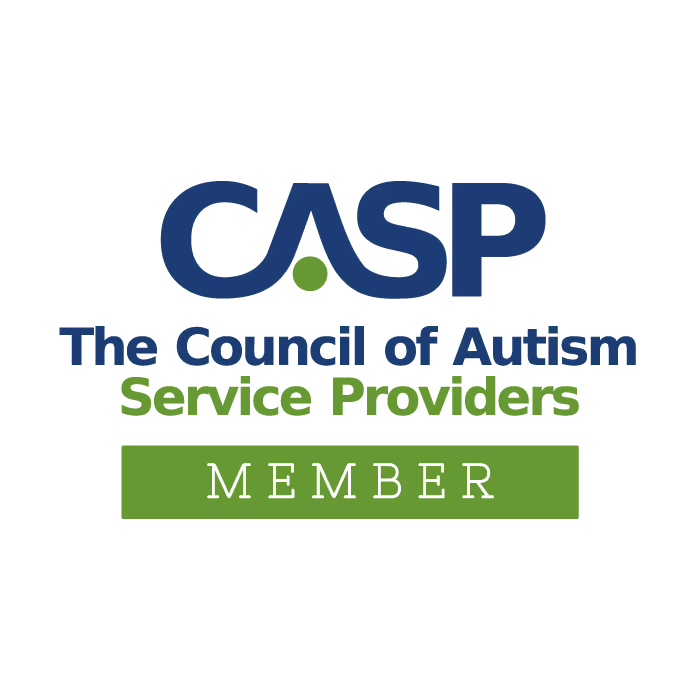Nails on a chalkboard. The teacups at a carnival. The feeling of a mosquito on your back that you just can’t quite reach. As adults, we are all familiar with different types of sensory stimuli which can negatively affect our attention, mood, or state of arousal. Children with sensory defensiveness experience similar reactions described above, which can often lead to sensory overload. The main difference is that sensory overload, which largely occurs in children with Autism and Sensory Processing Disorder, is caused by an aversive reaction to everyday, non-threatening input which negatively affects performance in activities of daily living and social participation.
Functional examples leading to sensory overload include the following:
- Background chatter or noises at restaurants or in school, loud and vibrant birthday parties, hair dryers or background noise from an air conditioning unit (auditory stimuli)
- Fluorescent lighting, colorful or cluttered environments, flashing street lights, making eye contact (visual stimuli)
- Application of hand cream, face wash, soap, or toothpaste. Clothing items with tags on the back, socks that are too tight, pants with buttons or tight waist bands (tactile stimuli),
- Climbing up stairs or playground equipment, escalators in the grocery store, swings on the playground (vestibular stimuli)
- Foods with different textures or temperatures, foods that are overly spicy, sweet, or salty (oral or olfactory stimuli).
The result of experiencing sensory overload can vary among children and can include both visceral and emotional responses. In children over responsiveness may manifest as physical illness, including vomiting, yelling, crying, running away, or general avoidance to events.
Sensory defensiveness is treatable! Existing literature indicates the nervous system is changeable due to neural plasticity. Occupational therapy is recognized as one of the leading professions capable of treating children with Sensory Processing Disorder. The goal of OT treatment is to produce an adaptive and organized response to the aversive sensory input. During the evaluation, the OT will conduct an interview with the caregiver and may administer checklists to identify presenting problems. They may also inquire about the impact on the child’s occupational performance and daily functioning in an attempt to discern which specific sensory systems are inhibiting functional performance at home, in school, and in the community[1]. Through intervention and treatment, these aversive responses will evolve to become more mature and integrated so that the child is better able to participate in their chosen occupations.
If you notice your child exhibiting any of the symptoms above, it is important to immediately remove the stimulus that is causing the sensory overload. This may include decreasing their exposure to vibrant lights or overpowering smells, helping them avoid light touch, and providing deep proprioceptive input to their muscles and joints through bear hugs or pillow squishes which can often assist their sensory system in returning back to homeostasis. Continue to monitor your child to ensure they don’t become drowsy or ill from being too overstimulated.

.avif)













